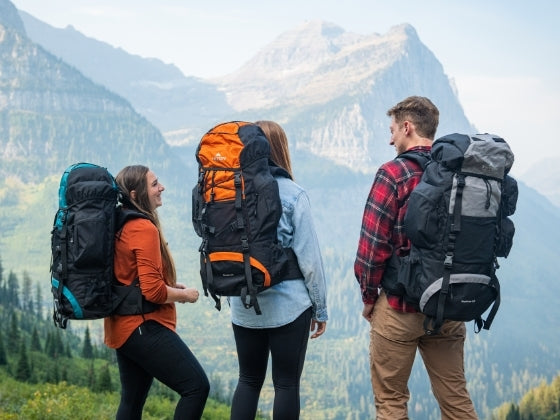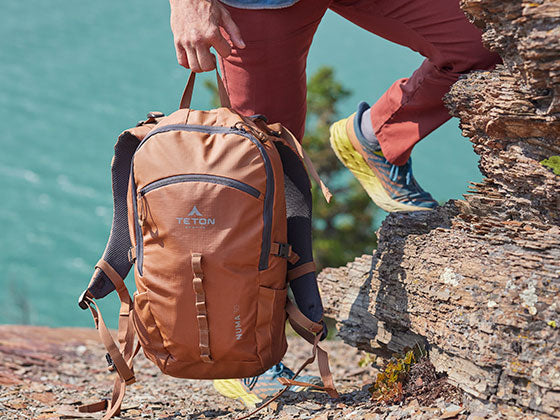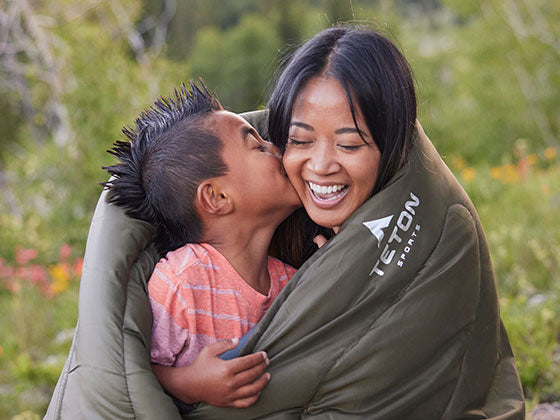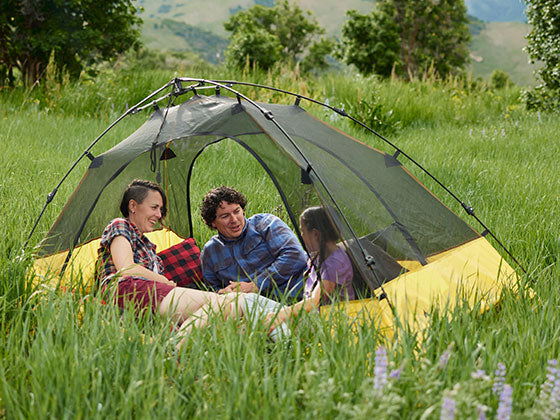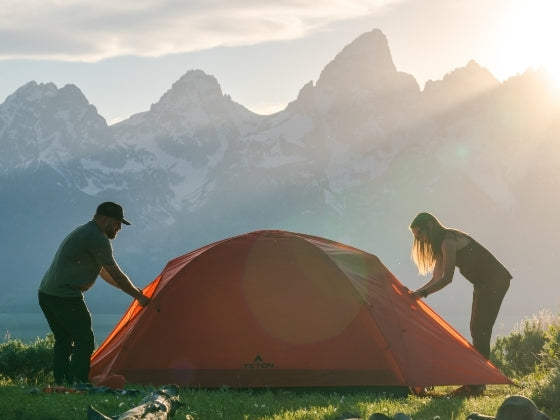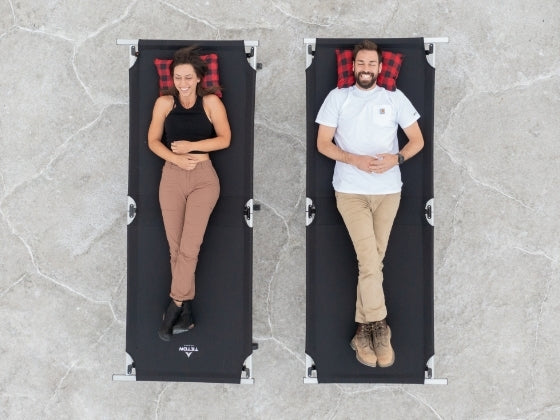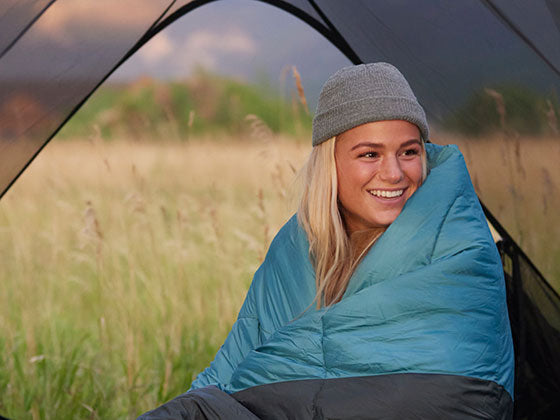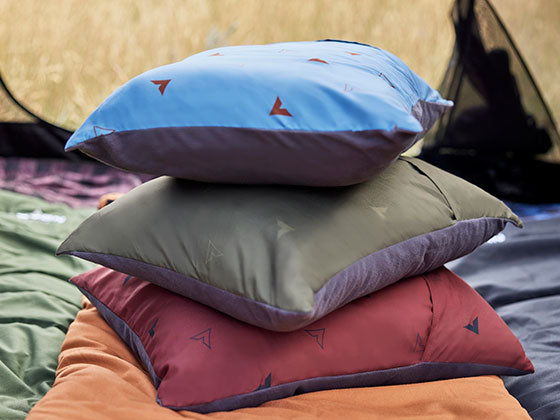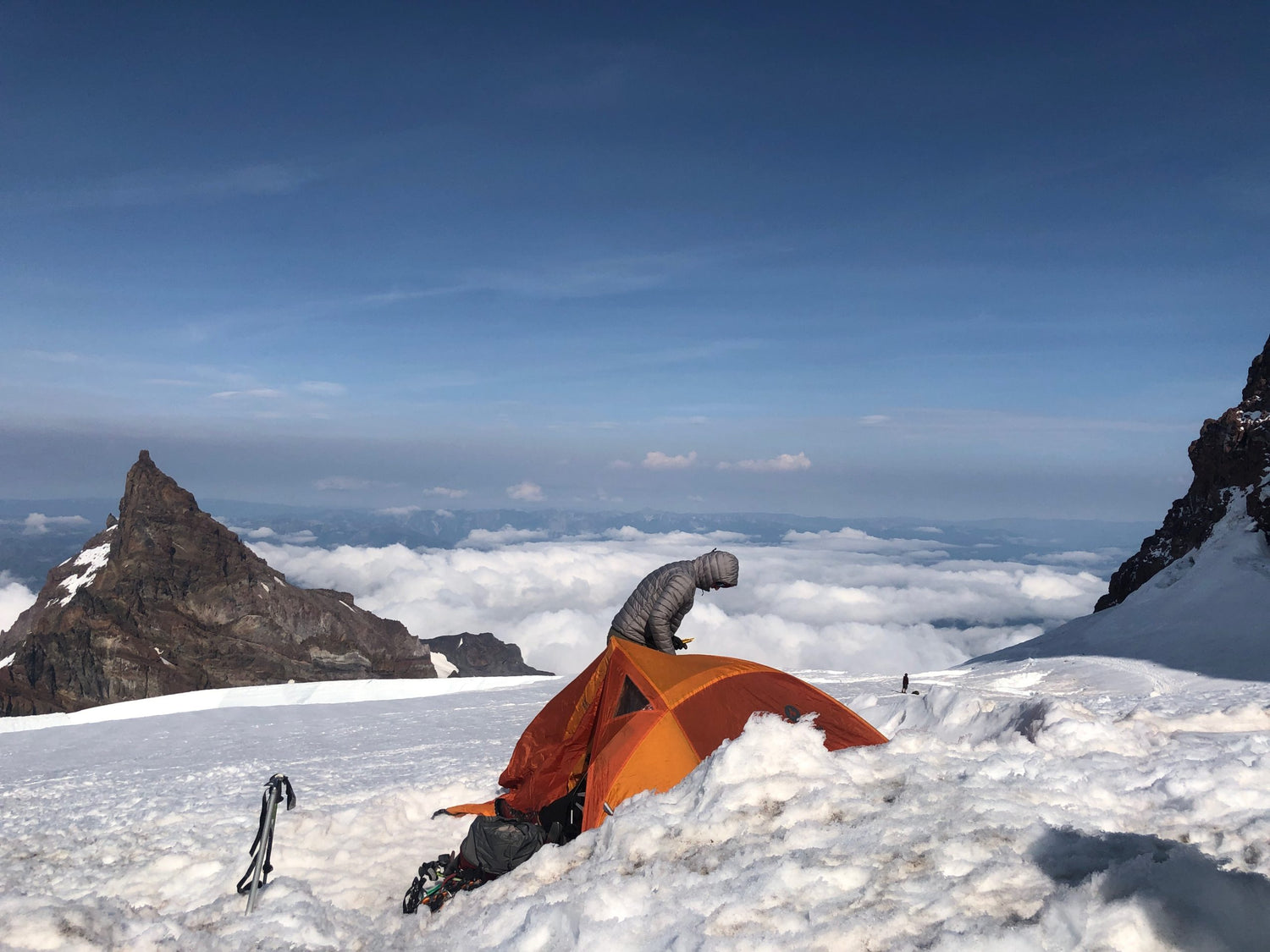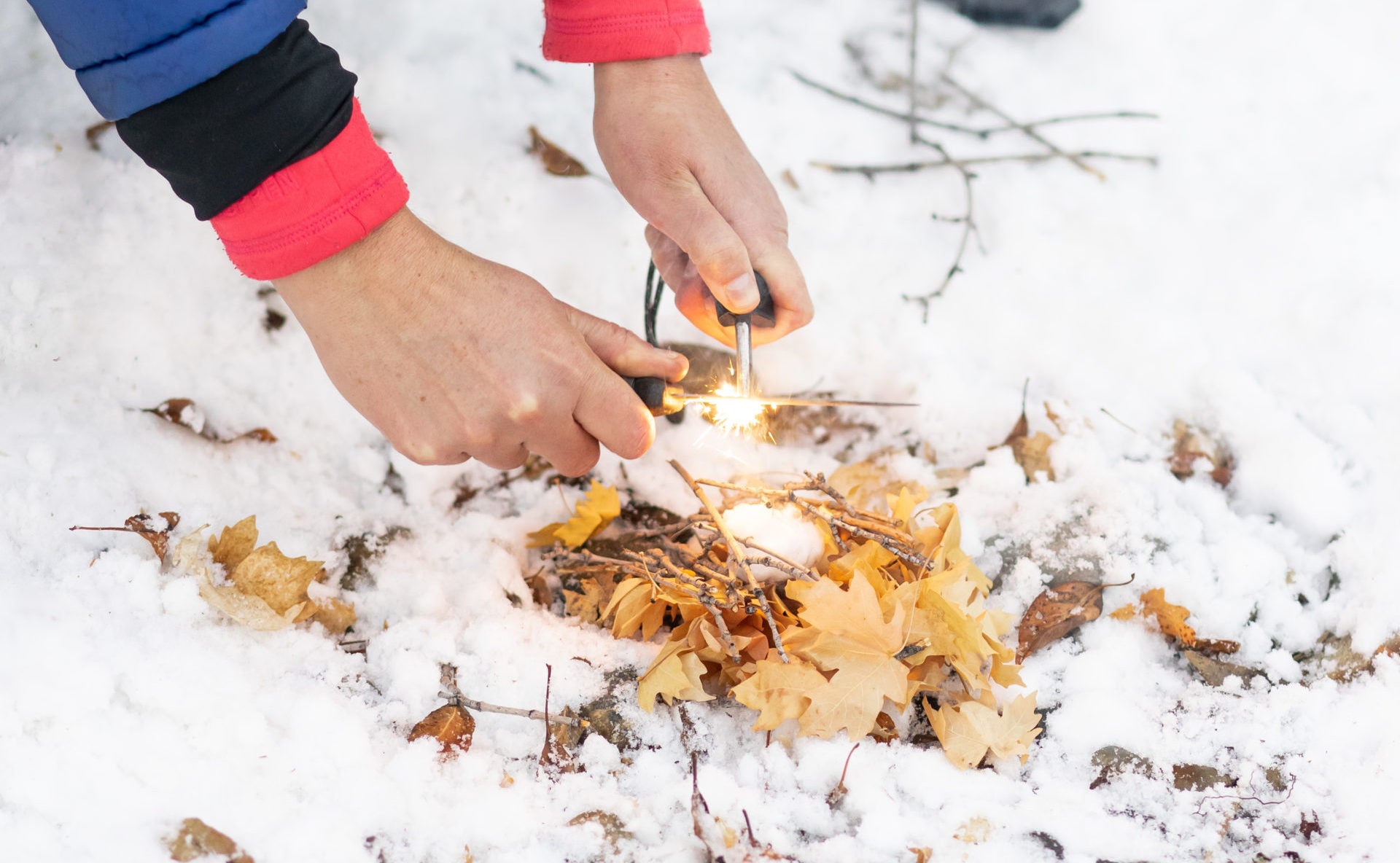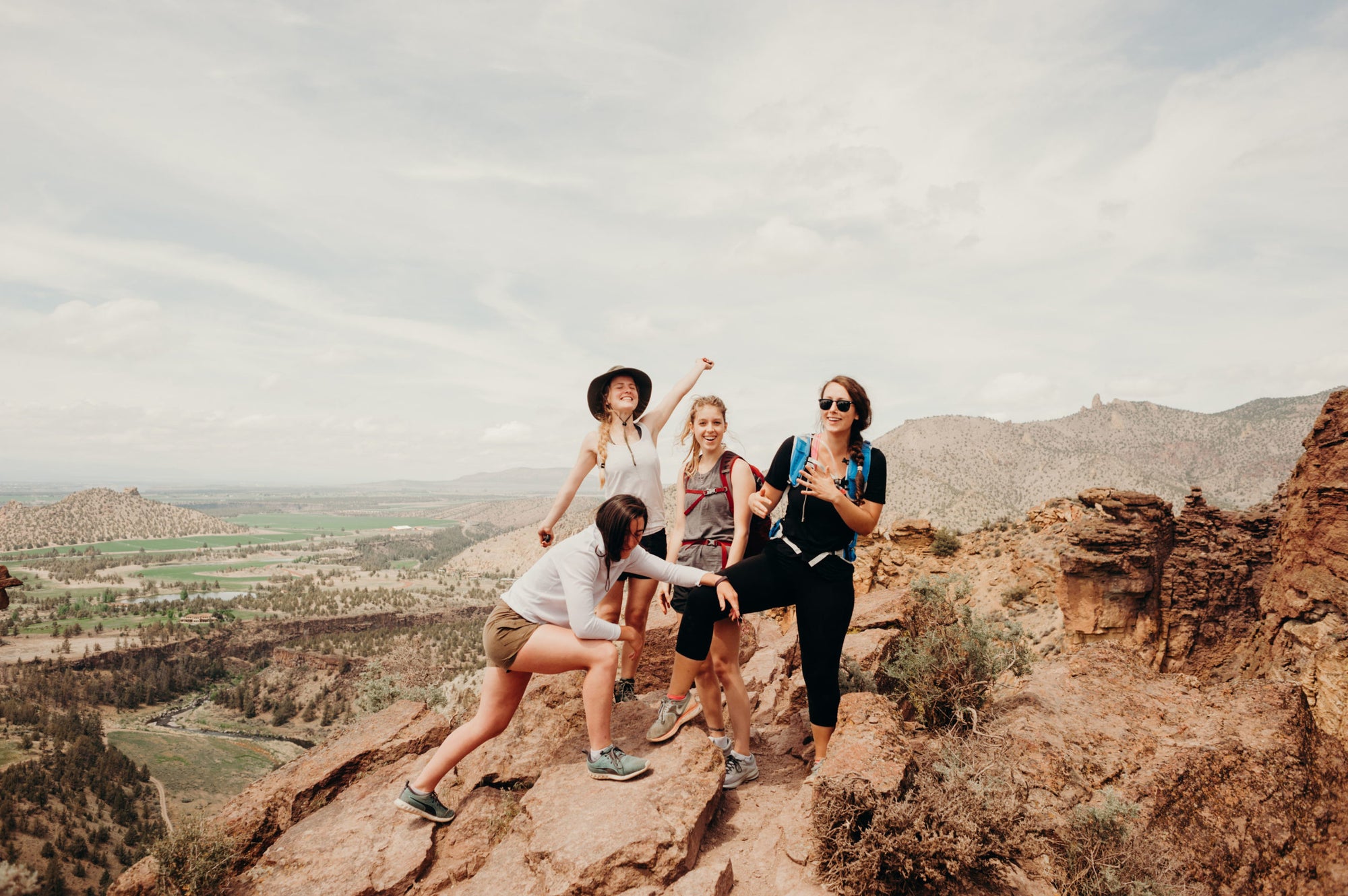By: David Ball
Winter camping can be intimidating. The hardest part about camping already, if you’re like me, is crawling out of your sleeping bag in the morning and fighting off the cold. Over the last few years as I’ve climbed at higher altitudes and have been faced with the necessity of camping in cold/snowy conditions, I’ve learned that with the right equipment and preparation camping in the winter isn’t anything to fear. In reality, camping in the winter opens up a lot more opportunities to experience pristine wilderness in some of the most secluded settings you’ll ever find.
So what gear do I need to bring? Having the right equipment will make or break your winter camping experience. If you’re cold, you’re not having fun – that’s just a simple truth. I’m a believer, especially for camping, that over-complicating layering can come back to bite you. You should have a moving outfit and a sitting around the campsite outfit. If you’re moving around, like about to hike into your campsite, the goal is to avoid sweating. As soon as you sweat, you’re going to freeze when you stop moving, so hold to the saying “be bold, start cold” and trust that you’ll warm up as you move. For me, when moving I usually wear thick wool socks, appropriate foot gear that will keep my feet insolated and dry, insulated leggings and then softshell pants. On top I have a thermal base layer, and then a softshell jacket. If it’s really cold I may have a fleece underneath the jacket as well. For sitting around the campsite, I have insulated down pants (if you don’t have these putting on a pair of good hiking pants underneath your softshell pants can help or just bring a packable blanket with you) and on top I throw on a big down jacket, on top of everything else I already had on.
When planning your trip, it’s easy to just start out and ask yourself “what’s the least I need to stay warm when I’m moving?” and “What will I need to stay comfortable when I’m sitting?” Answer those questions and you’re off to a good start.
While you can make a three-season tent work I would recommend getting your hands on, or renting, a four-season tent for any winter camping. This will help you stay warm and protect you from any snow that may fall during the night, either from the sky or a tree close by. You will also need, at minimum, a zero-degree sleeping bag. I would always recommend using a down sleeping bag as they are warmer and pack down much smaller – just make sure your tent has good ventilation so the condensation in your tent doesn’t get your gear too wet and ruin its insulating ability.
Setting up camp is fairly straightforward. Don’t put your tent directly underneath any large trees with large amounts of snow piled on them, as existing snow is likely to fall off in the night waking you up or potentially damaging your tent. Make sure you prepare the area your tent will go by compressing the snow so that it’s solid. Snow is an insulator and works better when packed down than loose, so don’t shovel it all away so that you’re on the cold ground (something your insulated sleeping pad should help with). If you carried any gear in on a sled, the sled makes a great tool to do this or just walk around.
Winter nights are long, so two keys to make sure you enjoy the extra hours logged in your tent are to first, bring a book or form of entertainment to share with those your camping alongside. Second, if you avoid going outside to go to the bathroom, your body will burn valuable calories trying to keep urine warm…so make sure you have an intent solution to this problem. Preferably a very well-marked water bottle to avoid any life altering mistakes. If you search online, there a plenty of products to make this ritual easier for women as well.
Now that you’re armed with the right information, start researching the gear you’ll need or evaluate what you already have and start trekking out into the winter landscapes so few get to enjoy!
About the Author:
David Ball
David considers himself the ambassador of the “Radically Mediocre” lifestyle. He defines this as being able to “hang with people doing just about anything and not slow them down.” You can find him trying to get people to talk to him about the book he just read in coffee shops, or in the western U.S. getting pumped out on scary trad leads (and follows), skydiving, split-boarding and trail running in his home mountain range, the Wasatch, with his dog Margo. Follow him on instagram at @DavidDenverBall.

